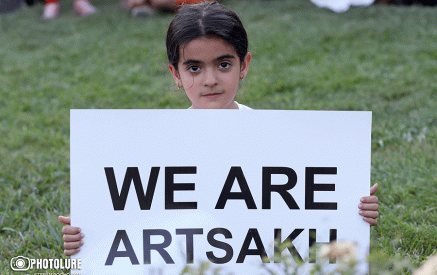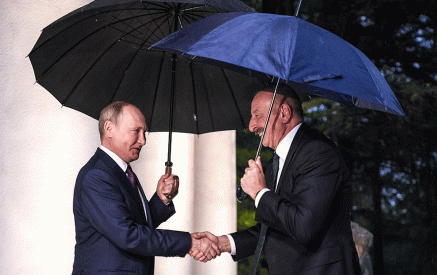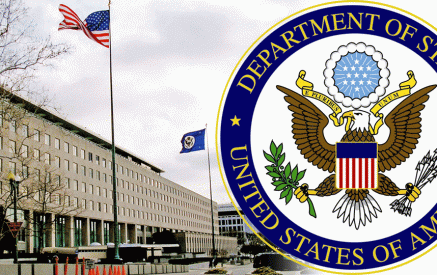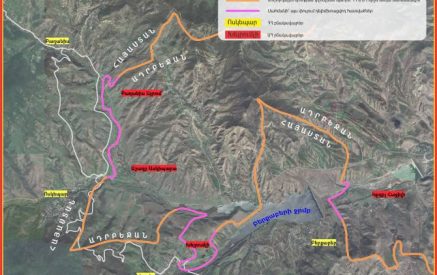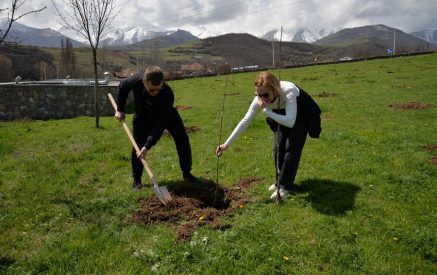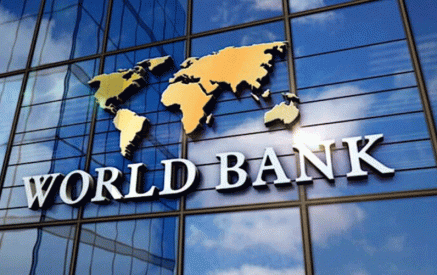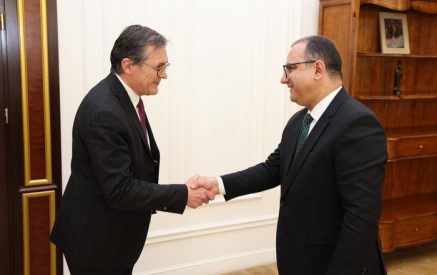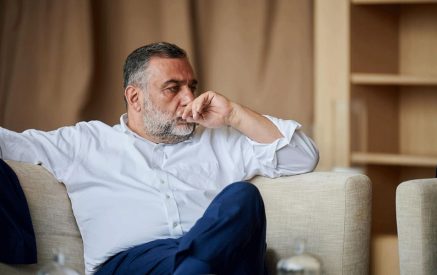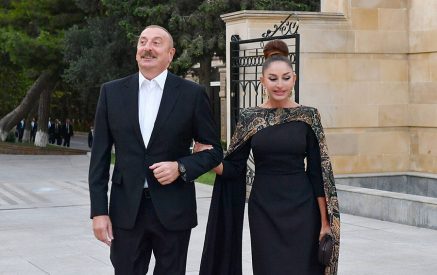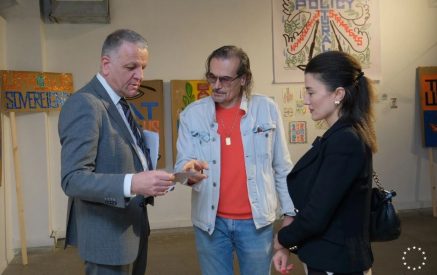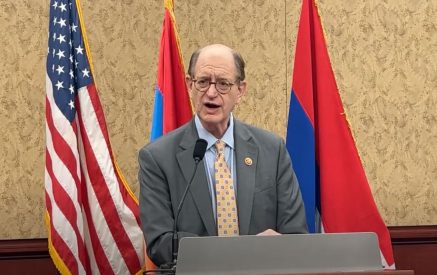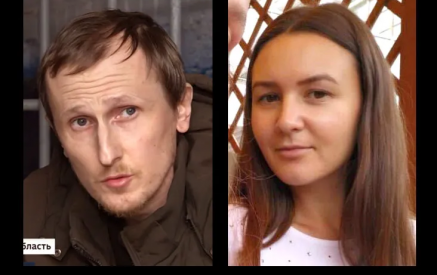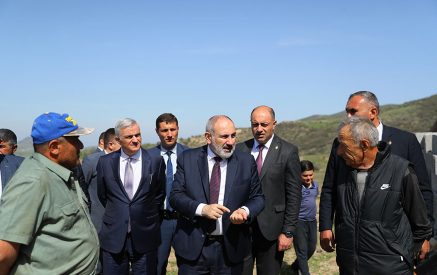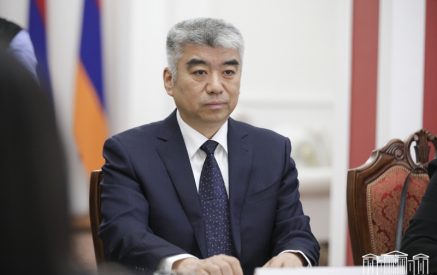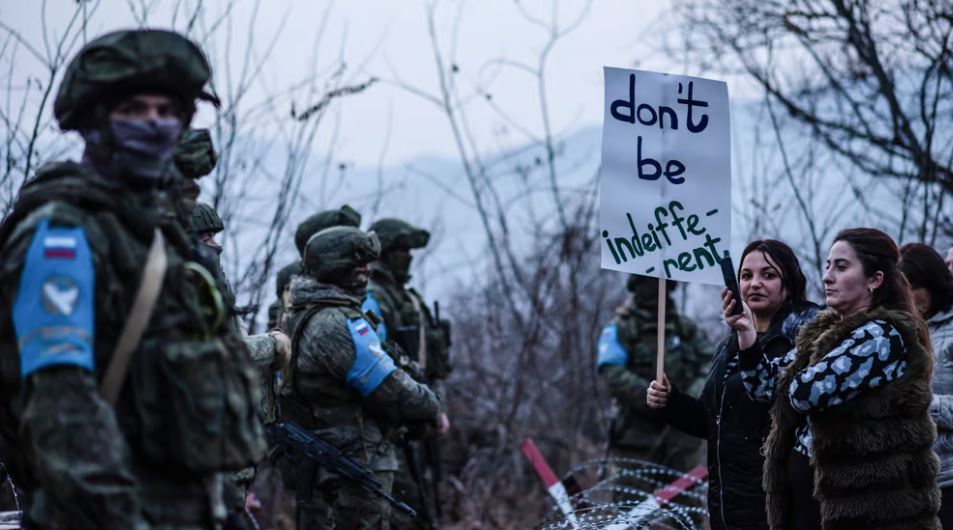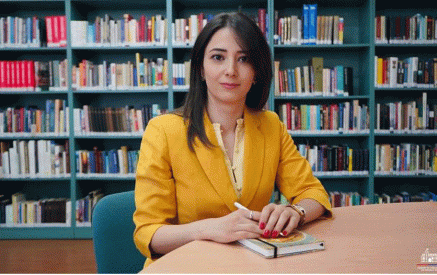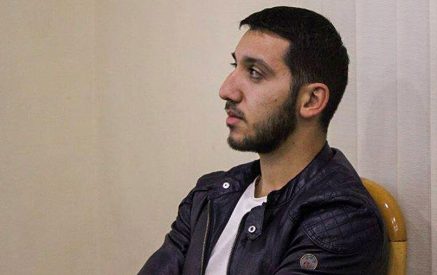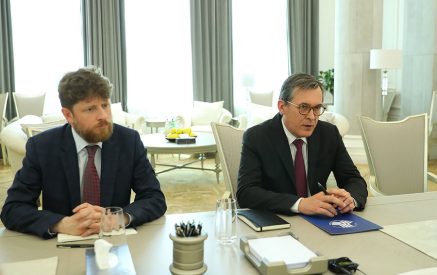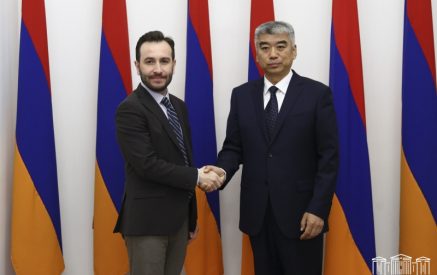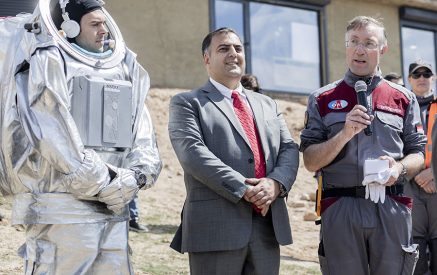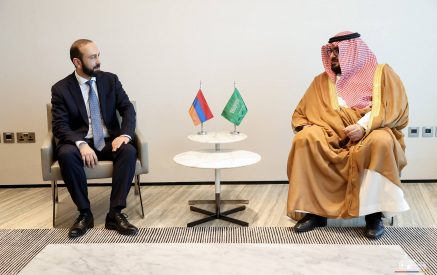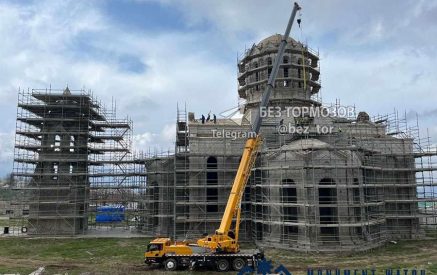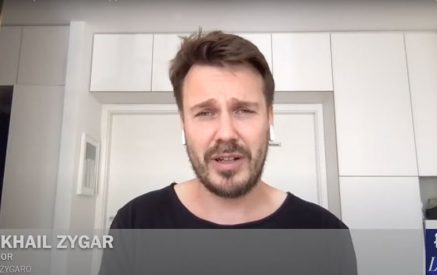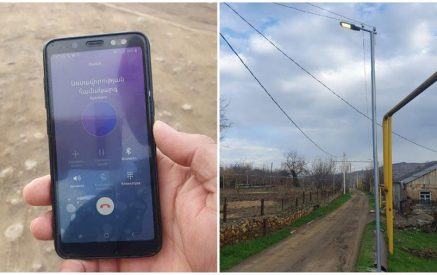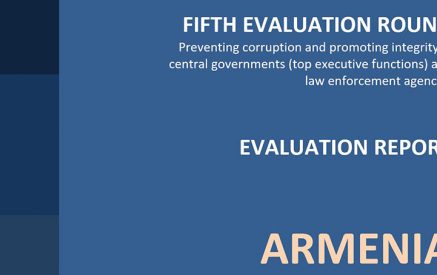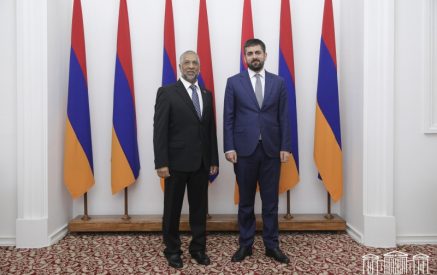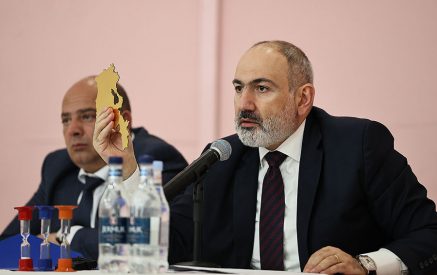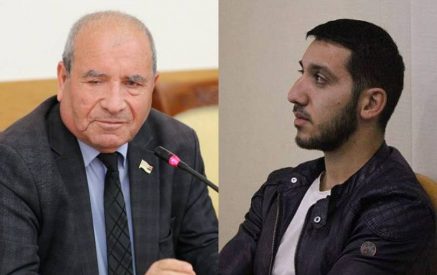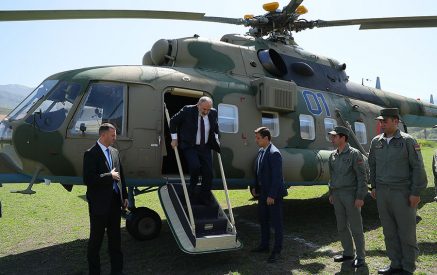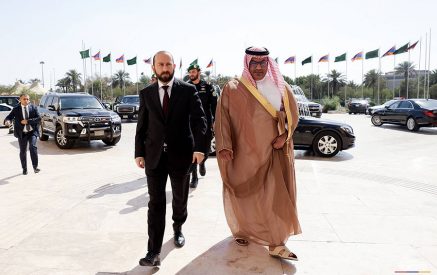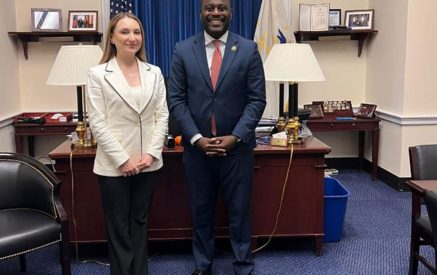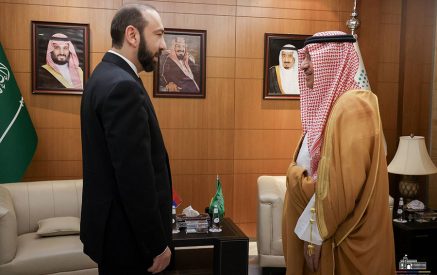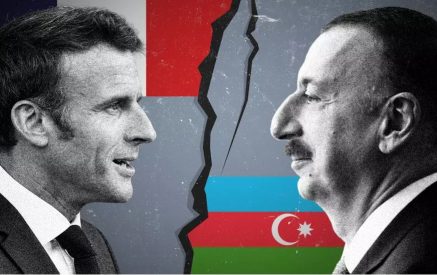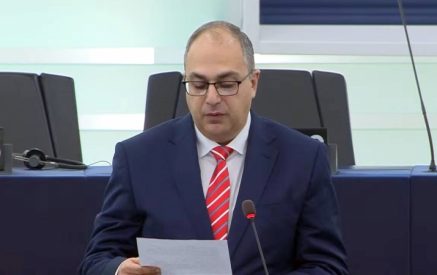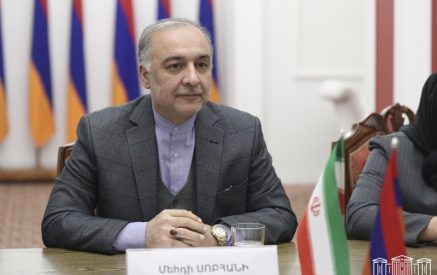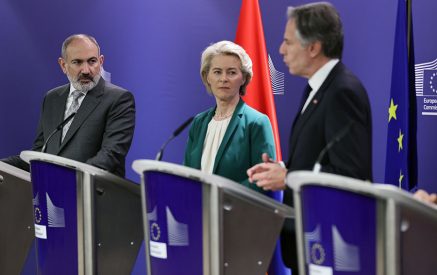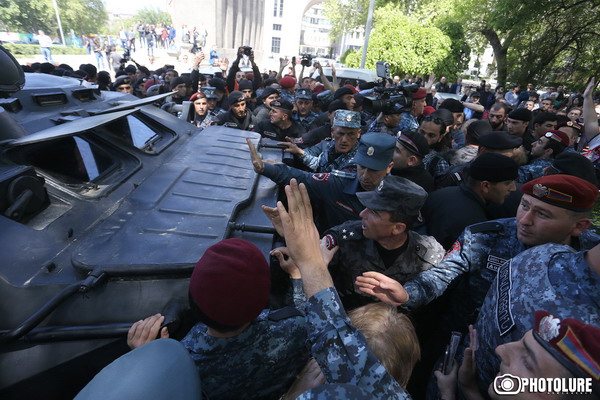The Armenian Velvet Revolution of May, 2018 came as a complete surprise and sent shockwaves down the spine of the Armenian governing elite. The quick transformation of the country is set to shape the countenance of the post-Soviet nation in the coming years. Interestingly, the geopolitical implications of the Armenian civil disobedience of April, 2018 are far-reaching and manifold, too. To begin with, Armenia relishes a geographically strategic position between the Middle East, Europe and Eurasia. Hence, speaking in geopolitical terms, the country enjoys a rather flexible ”battle-scarred” foreign policy, which, admittedly, should partially be attributed to the intricate diplomatic maneuvers of the resigned prime minister, Serzh Sargsyan.
On 1 January, 2015 Armenia-having taken an unexpected turn- joined the Eurasian Economic Union in a bid to put its security interests first: the country is highly sensitive to Russian arms provisions, hosts a Russian military base and deals with the gross consequences of its long-time armed dispute with neighboring Azerbaijan over Nagorno-Karabakh. While critics equaled the move with bowing to the pressure of the Kremlin, Serzh Sargsyan was confident his ”balanced foreign policy”strategy to forge closer ties both with the European Union and the Eurasian bloc-would work. Later, he continued the previous negotiations with the European Union to replace an earlier agreed-upon Association Agreement with the Comprehensive and Enhanced Partnership Agreement, which was ultimately signed on 24 November, 2017.
Currently, Armenia is a member of a number of Russia-led regional blocs and organizations, most notably the Collective Security Treaty Organization (CSTO) and the Eurasian Economic Union, which is a testimony to the precarious geopolitical realities the country confronts Although the leadership of the Velvet Revolution has confirmed its faithfulness to Armenia’s international commitments, Russia seemed to be throwing its weight around, albeit tacitly, to make sure future domestic configurations in Armenia do not jeopardize its geopolitical ambitions. The two-day grim visit of Russian MPs to Armenia on the eve of the parliamentary vote to elect the new prime minister on May 1 speaks volumes regarding Moscow’s keen interest in resolving the crisis under its auspices.
In spite of Russian journalists showing considerable caution and restraint these days, the overall tone of the Russian media can be characterized as sending a mixed message- from having been taken aback by the shockwave the Armenian mass protests sent to ”Armenia-cannot-survive-without-Russia” sort of notes. They allude to the fact that Armenia, an economically handicapped landlocked nation of barely three million positioned between rival Azerbaijan and the latter’s relentless defender-Turkey- has no choice but to perennially seek protection in Russia’s embrace.
Having said that, it is not surprising the spokeswoman of the Russian Foreign Ministry Maria Zakharova took to Facebook on April 23 to laud the Armenians for unity in troubled times in a pathetic message calling them a “great nation”. Probably, Moscow hoped that while the Republican Party of Armenia would remain in power and persist in the Russian sphere of influence, Serzh Sargsyan would be removed from office and thus be punished for having tenaciously attempted to balance Armenia’s foreign policy. Further, Moscow might have craved to see the acting prime minister, Karen Karapetyan, a former Gazprom executive, gain premiership.
Ironically, Serzh Sargsyan has played, perhaps unintentionally, a key role in both bringing about the Velvet Revolution of Armenia and foiling Russian designs in the country. Throughout his presidency from 2008 to 2018, the Armenian civil society was as robust and well-functioning as it could possibly be with ”Electric Yerevan”-a movement against electricity price hike in 2015- having arguably been the most salient success story.
Before his two-term presidency would come to an end, Serzh Sargsyan championed constitutional reforms through a referendum on December 6, 2015. Thus, having transferred executive powers to premiership, he secured the post of the prime minister in a conspicuously overwhelming vote (77 vs. 17) in the National Assembly on April 17, 2018. Had Serzh Sargsyan not intended to devise a constitutional scheme to continue to hold the status of head of state or had he withdrawn in favor of Mr Karapetyan, the opposition leader Nikol Pashinyan might not have managed to mobilize masses and succeed in his decentralized civil disobedience movement. Truly, the generally apathetic and recoiled Armenian society that is normally rather pessimistic about the future-not without a good reason- might have preferred inaction with an eye to further emigration to protest large-scale impoverishment, omnipresent lack of economic prospects and ubiquitous corruption.
Mr Pashinyan, who became a champion of justice and a level-playing field in the National Assembly, reviled the unaccountable state entities, abusive oligarchs as well as deeply-engrained high-level corruption and nepotism in his parliamentary speeches. Almost invariably wearing a cap, a rucksack and a T-shirt during the revolution, Mr Pashinyan has skillfully applied the “tie-and-suit-wearing” them vs. “casual-and-ordinary” us strategy. In his revolutionary speeches, Mr Pashinyan refers to the protesters as “proud Armenian citizens”
Once the “proud citizens” have a prime minister who is directly accountable to them, Armenian foreign policy can potentially become rather ambitious and independent, too. First, after the Iran nuclear deal, the economically indispensable Iran-Armenia-Georgia-Europe gas transit route is politically feasible as well. Beyond doubt, the new government will be enticed to sign on the dotted line if Iran and Europe make a relevant and reasonable offer. Further, Mr Pashinyan is declaratorily inclined to the concept of reciprocity, which signifies that, once he is in power, thorny questions might be directed to Moscow, as well as other Eurasian allies, concerning the sale of sophisticated offensive weaponry to Azerbaijan. Last but not least, if the new government fully realizes the combined role of history, geography and politics, it will position itself as a model of democracy and civil society for the Middle East. In addition, assisted by its thriving and respectable communities in major Islamic countries, such as Iran, Syria, Turkey, Egypt, the UAE, it can become a bridge between its Muslim neighbors and Europe. Even though it would be intensely naïve to suppose Armenia will soon cease to be a Russian ally, much will depend on whether Moscow continues to take Armenia for granted or begins to take into consideration its vital interests.
Garik POGHOSYAN

